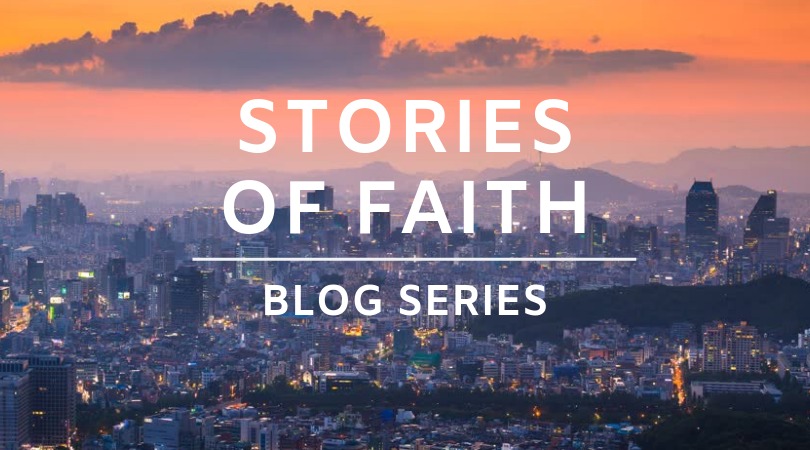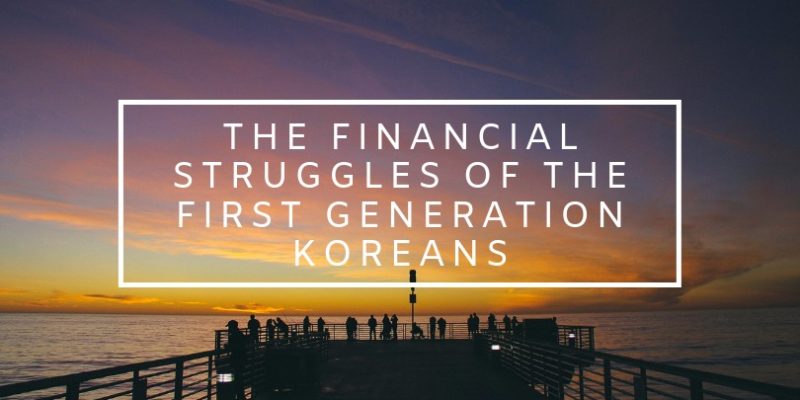By: Jocelyn Chung This blog post illustrates the role of the church for the first immigrants. Please read to the end to see Jocelyn’s personal reflection on the content of the post. This is the seventh post in the “Stories of Faith” series. Stories of Faith is the theme of our 2019 ESM Summer Retreat, and […]
8. The Financial Struggles of the First Generation Koreans
By: Doyeon Oh This blog post explores the economic challenges and personal stories that the first generation Koreans went through when adjusting to life in Canada. What were the economic challenges they faced when they came to Canada, and how did they respond? Around late 1950’s, after the Korean War, Koreans were driven out of […]
9. Overcoming Barriers
By: Lauren Lee This blog post depicts the social, linguistic, and cultural isolation that the first generation Koreans went through when adjusting to life in Canada. What were their experiences with social, linguistic and cultural isolation? The first generation immigrants came to Canada at various ages and walks of life. They left their lives in […]
10. A Home Away from Home
By: Monica Park This blog post depicts the role of the church for the first generation Korean immigrants. How did the church help them with their immigrant lives? At St.Timothy Presbyterian Church, whether it be members of KSM or ESM, our church has many individuals who have immigrated from Korea to start a new life […]
11. A Cold Canada
By: Torrance Yoon This blog post illustrates the experiences of those who came to Canada as children and teens, and their experiences of adjusting to a new country. For those who came to Canada as children or teens, what was their experience of adjusting to a new country? We all know that feeling of moving […]
12. The Outsiders
By: Jocelyn Chung This blog post illustrates the isolation and the experiences that those of the second generation felt. Did they feel like an outsider, and what was that experience like? Although 2nd Generation Korean-Canadian immigrants had an easier time than their parents who endured most of the stress, hardships and adversity, there was still […]






